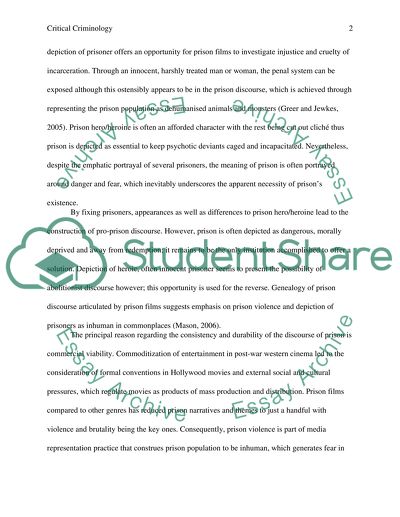Cite this document
(“Criminology . Critical criminology Essay Example | Topics and Well Written Essays - 3000 words”, n.d.)
Retrieved from https://studentshare.org/sociology/1479363-criminology-critical-criminology
Retrieved from https://studentshare.org/sociology/1479363-criminology-critical-criminology
(Criminology . Critical Criminology Essay Example | Topics and Well Written Essays - 3000 Words)
https://studentshare.org/sociology/1479363-criminology-critical-criminology.
https://studentshare.org/sociology/1479363-criminology-critical-criminology.
“Criminology . Critical Criminology Essay Example | Topics and Well Written Essays - 3000 Words”, n.d. https://studentshare.org/sociology/1479363-criminology-critical-criminology.


